We can't find the internet
Attempting to reconnect
Something went wrong!
Hang in there while we get back on track
Phoenix LiveView
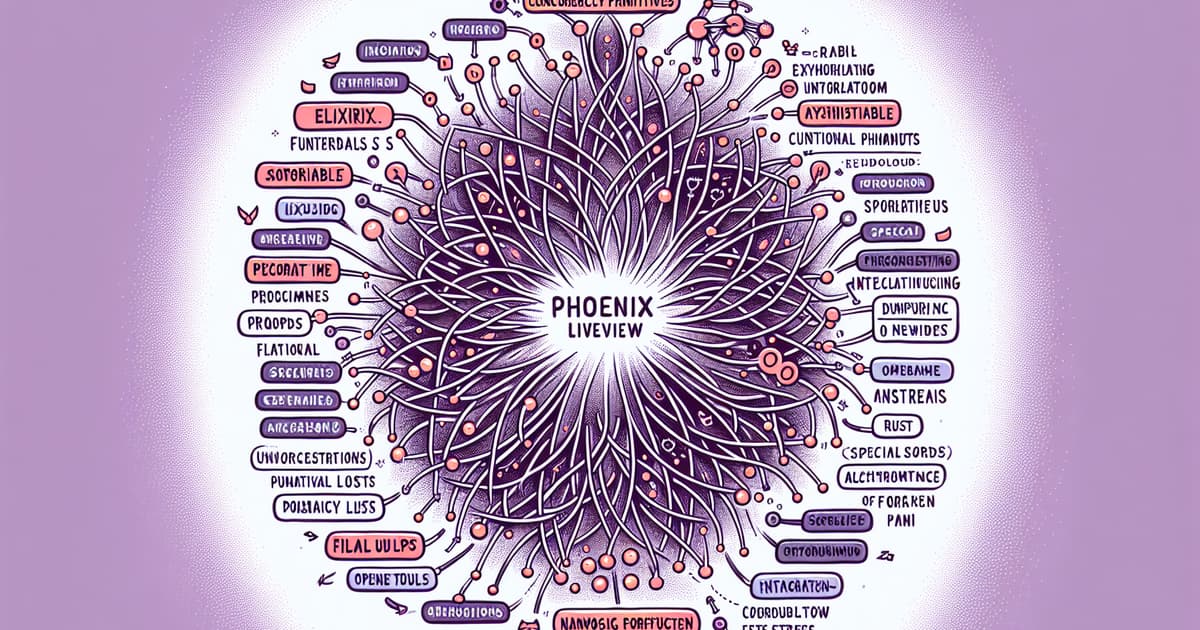
Phoenix LiveView has become a game-changer in the world of web development by providing a seamless way to build interactive, real-time applications without heavy reliance on JavaScript. By leveraging Elixir's concurrency primitives and functional programming paradigms, LiveView enables developers to handle client-server interactions efficiently, offering benefits such as low-latency user experiences and reduced complexity in codebases. Key features include real-time file uploads, dynamic list management using Streams, and integration with powerful tools like SortableJS and OpenAI Chat APIs for enhanced functionality. LiveView also supports seamless integration with static and dynamic HTML elements, providing hooks for custom JavaScript logic, and advanced capabilities such as asynchronous task management and network optimization. Furthermore, its compatibility with tools like Rust and Prometheus ensures that LiveView applications can push performance boundaries while maintaining simplicity and scalability.
One of the standout aspects of LiveView is its ability to leverage the BEAM's soft real-time capabilities, which allows for consistent low-latency responses. This is particularly evident in use cases like real-time search engines, interactive charts, and live video and audio streaming. The LiveView ecosystem continues to evolve with contributions from the community, including tutorials on combining LiveView with contemporary frameworks like Svelte, and innovative projects like building AI-powered components and game development. With ongoing enhancements and community-driven resources, Phoenix LiveView is well-positioned to remain a leading solution for modern, scalable web applications.
Developers have reported significant productivity gains and simplified workflows when using LiveView for scenarios ranging from dynamic form management to complex, data-driven applications. The introduction of features like live_session for organized authorization, asynchronous operations with start_async, and global state management using PubSub further extend its capabilities. LiveView's continuous improvements, driven by its active community and core team, aim to make it even more robust and versatile for various application needs, enabling both seasoned developers and newcomers to harness its full potential.

Rethinking LiveView's Potential
Jason Stiebs, a core team member of LiveView, shares his initial skepticism about LiveView and how his perspective has changed. He acknowledges his initial resistance due to negative experiences with previous technologies and being jaded by the JavaScript ecosystem. However, after using LiveView in various production projects, from replacing old SPAs to adding interactivity to static sites, he realized its potential.

Integrating Svelte with Phoenix LiveView for Reactive Web Experiences
Ryan Cooke demonstrates the integration of Svelte with Phoenix LiveView to create reactive web experiences. By utilizing Svelte's reactive properties and Phoenix LiveView's functionalities, developers can craft efficient UIs with less redundant state management, allowing seamless data flow from backend to browser.

Building Embedded Web Apps with LiveState in Elixir
In a talk by Chris Nelson, a new approach for building embedded web applications with Elixir using LiveState is introduced. Instead of relying on APIs, LiveState offers a LiveView-like experience in environments where the front end is not served by Phoenix.

Improving App Performance with LiveView Flame Graph Profiling
DockYard Staff Software Engineer Mike Binns explains the advantages of using Flame On, a LiveView component, for profiling and identifying performance issues in Elixir/Phoenix applications. He details how inefficiencies can affect application performance and how Flame Graphs can be utilized effectively.

Launching Elixir and LiveView on a Large Scale with Lessons from Cars.com
Zack Kayser shares the experience of re-platforming Cars.com with Elixir, Phoenix, and LiveView.

Building a Product MVP with Elixir LiveView: Challenges and Strategies
Miki Rezentes discusses the journey and insights gained from using Phoenix's LiveView to build a minimum viable product (MVP).

A Journey from JavaScript Frustration to Elixir Embrace
Roberto Pando shares his journey from JavaScript to the joy of programming with Elixir and Phoenix.

Timezone Handling in Phoenix LiveView
The video tutorial presents an update to a previous approach for handling timezones in Phoenix LiveView. It demonstrates how to remove the need for client-side hooks when sending timezone information to the server, instead using the LiveView mount callback to receive timezone information directly and reduce the number of required round trips.

Insights from Sophie DeBenedetto on Programming Phoenix LiveView
Adolfo Neto conducted an interview with Sophie DeBenedetto, co-author of Programming Phoenix LiveView.

Improving Modal Accessibility with Phoenix LiveView Helpers
This article discusses two Phoenix LiveView helpers that improve the accessibility and user experience of modal dialogs: the .focus_wrap component and the JS.focus_first/2 function.

Combining Elixir's LiveView with JavaScript for Enhanced Interactivity
Augusto Alonso shares insights on overcoming the challenges of integrating a UI library with a Phoenix LiveView project, highlighting the conflicts between JavaScript's client-side nature and LiveView's server-side approach.

Veeps Streaming Service Scalability Case Study with Elixir
Hugo Baraúna discusses the use of Elixir in scaling Veeps, a streaming service, to support hundreds of thousands of concurrent viewers. He covers architectural changes, benefits, and experiences post-adoption of Elixir.

Overview of the Phoenix LiveView Course on Pluralsight
Carlos Souza recently published a course titled 'Phoenix LiveView: The Big Picture' on Pluralsight.
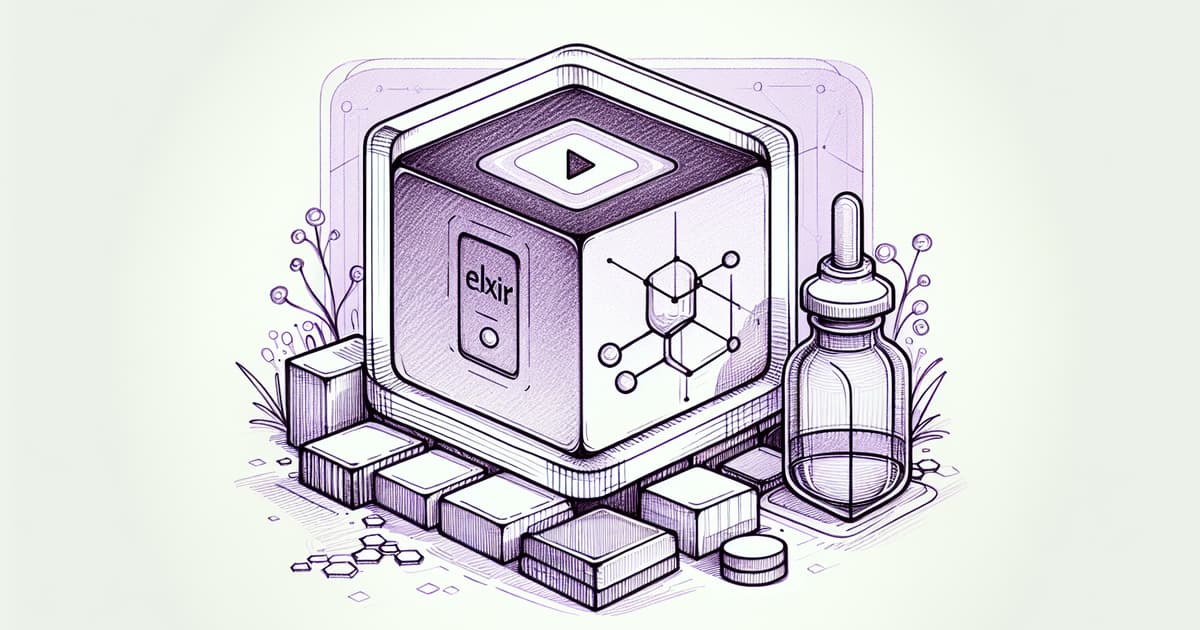
Elixir Video Course for Building a Minimum Viable Product
Peter Ullrich announces the release of his video course 'Build an MVP with Elixir' on Gumroad.

Advancement Strategies for an Elixir Developer
An individual expressing a desire to advance their career as an Elixir developer seeks advice on how to 'level up' their skills, considering the creation of OTP clusters, LiveView web applications, learning Erlang, and understanding AWS.
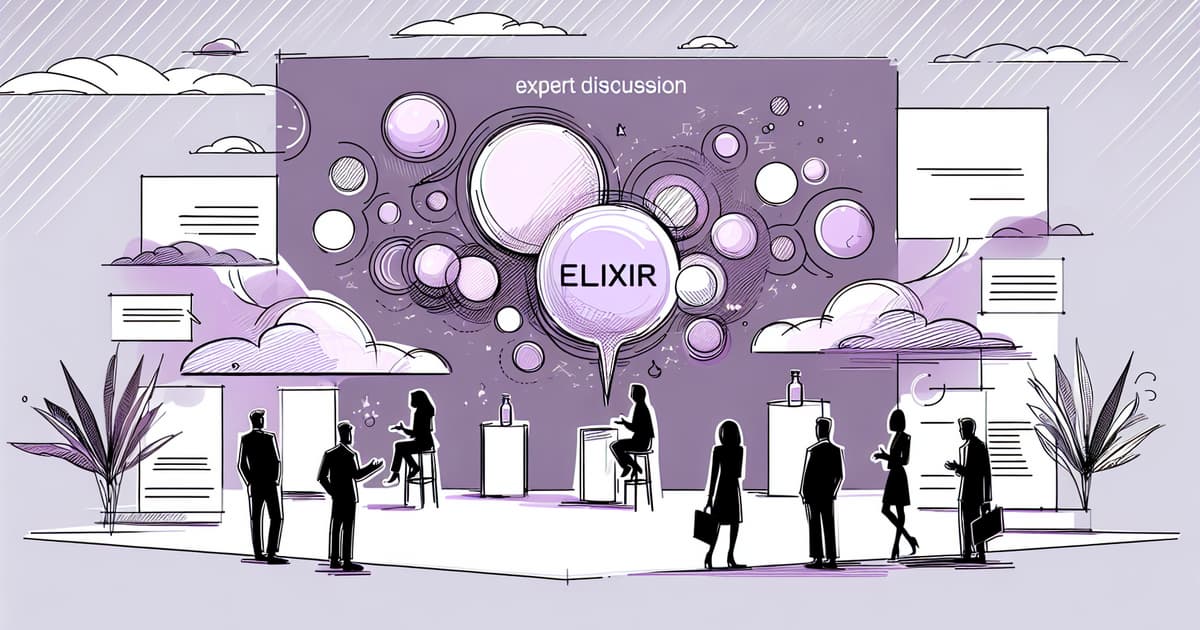
Expert Discussion Unpacking Elixir's Potential
Sophie DeBenedetto and Andrea Leopardi discuss the capabilities of Elixir, including web development with Phoenix LiveView and networking solutions on the BEAM platform.

Issues with Elixir LiveView Polling Mechanism in Docker on Ubuntu Server
ekevu456 shares an issue encountered with an Elixir application using LiveView and Firestore. The application implements a polling mechanism that works in Docker on a local machine but fails to continue polling after the initial trigger on an Ubuntu server. The author seeks advice on the discrepancy and potential solutions.

Geocoding Techniques in Elixir and Phoenix LiveView
Joshua Plicque shares insights on building and deploying geocoding features in an Elixir application, tackling challenges, and providing a structured engineering approach to software development.

Improving User Experience in Form Handling with Elixir's LiveView
Andrew Ek's presentation focuses on enhancing form usability in Elixir's LiveView, aiming to improve both the developer and user experience when working with forms.

Building Conversational Agents with Elixir
Sean Moriarity discusses the development of conversational agents using Elixir technologies.

Auto-Focusing Input Fields in Phoenix LiveView
Learn how to automatically focus an input field when a LiveView component is mounted in a Phoenix Elixir application.

Best Approaches to Learn Phoenix for Developers New to Elixir
SwishOps asks about the fastest way for an experienced developer to get productive with the Phoenix framework despite having no prior knowledge of Elixir.

Troubleshooting LiveView Native Format Error and Slack Channel Access
Author chuckangel seeks help for an error encountered while using LiveView Native according to a hex docs tutorial and expresses difficulty in joining the Elixir Language Slack channel.

Implementing Real-time User Online Count with Phoenix Presence
Florian Arens demonstrates how to implement a feature showing the number of live readers on a blog using Phoenix Presence in a Phoenix LiveView application.

Tigris: A Global Key Value Database with S3-like Capabilities
Jason Stiebs discusses Tigris, a globally synced, S3-like key-value database built on Fly.io, and its potential applications.

Improving UX in LiveView with Alpine.js
Artur Ziętkiewicz discusses the integration of Alpine.js to enhance interactivity in Phoenix LiveView applications.

Latest Updates and Libraries in the Elixir Ecosystem
This episode covers Phoenix LiveView's progress towards 1.0, the introduction of the example_test utility for Elixir, and Erlang's proposed JSON standard library integration.

Asynchronous Processing Techniques in Phoenix LiveView
Berenice Medel discusses how to handle asynchronous processing in a LiveView using Elixir's concurrency features provided by the Task module.
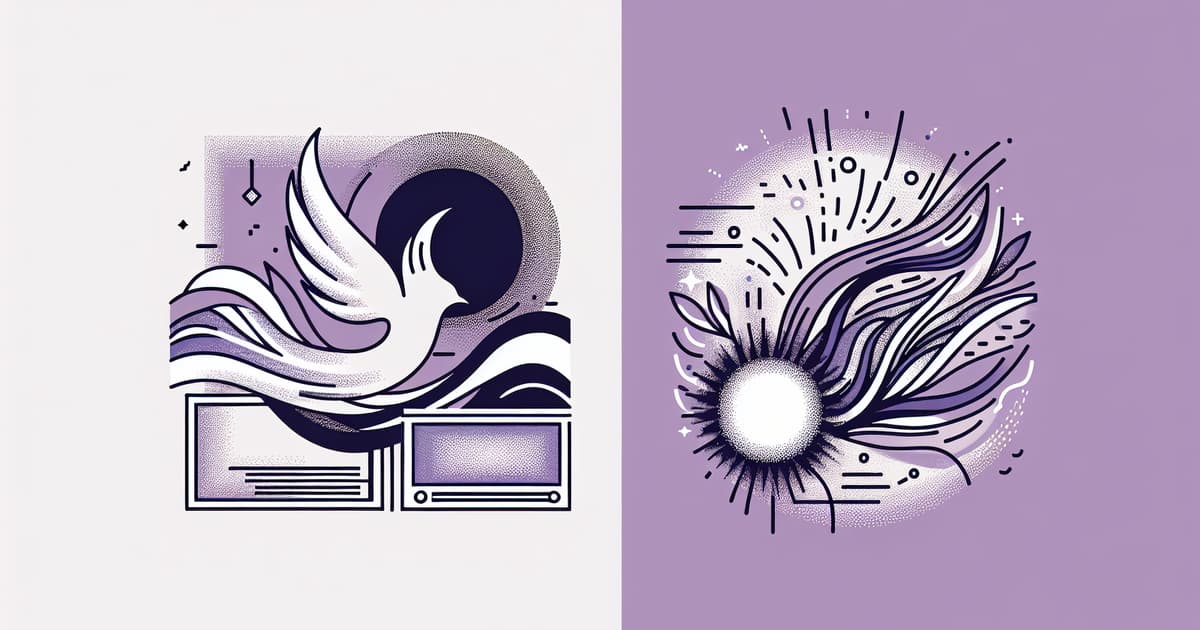
Discussion on Using Svelte with Phoenix LiveView
tears_falling inquires about experiences integrating Svelte with Phoenix LiveView using the LiveSvelte project, asking for insights on issues, performance, and alternatives for complex client-side code and offline support.

Optimizing Network Performance for Large Data Transfers in LiveView
fakeArushB wrote a blog post on optimizing WebSocket (WS) message size for large data transfers in slow networks when using LiveView.

Resolving Flaky Tests with Faker in Elixir
John Elm Labs provides insights on fixing flaky tests in Elixir applications caused by HTML encoded characters with Faker-generated data.

Understanding Elixir Macros for Metaprogramming
George Arrowsmith's article discusses the concept of macros in Elixir, which are a critical part of metaprogramming in the language.

Implementing Persistent Sessions in Phoenix LiveView
Henrik Nyh discusses a method for storing persistent session data in Phoenix LiveView using Ajax requests and cookie-based sessions.

Exploration of Phoenix's Router Functionality
Andrew Stewart provides a detailed guide on using the Phoenix web framework's router, emphasizing its complexity due to the extensive use of macros. He covers major concepts including HTTP verb routing, the use of LiveView, endpoint configuration, understanding of pipelines and scopes within the routing system, and the interaction between the router and the underlying web server (cowboy/bandit).

Using shadcn/ui Components in a LiveView Application
The author brzzvrk is seeking advice on the best method to integrate shadcn/ui components with a LiveView application.
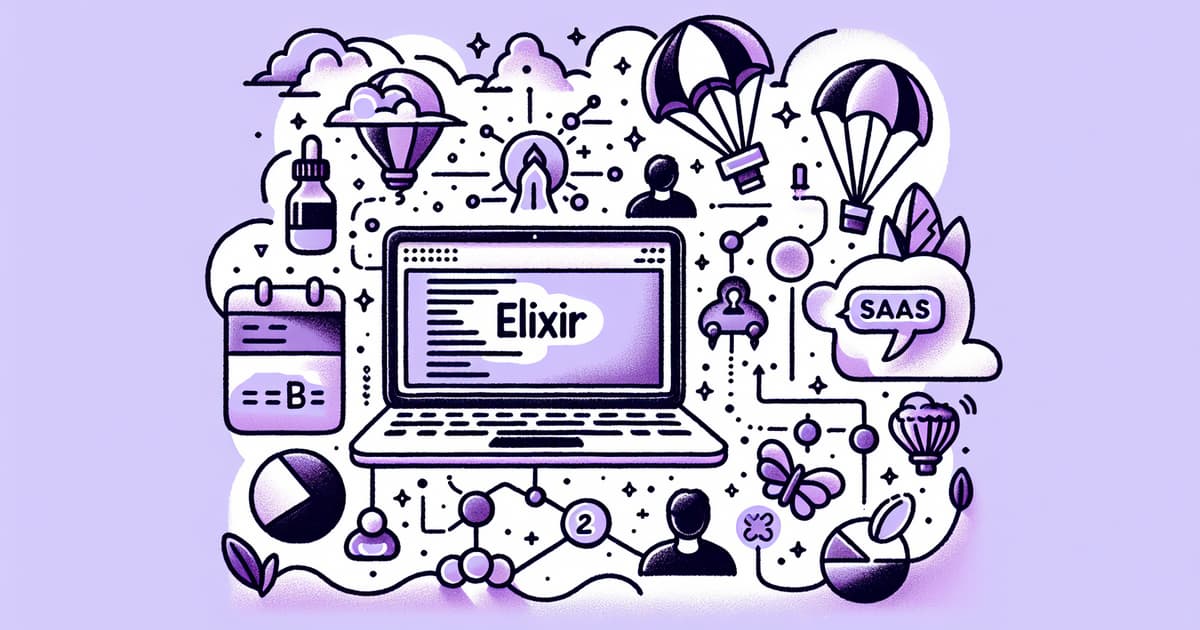
Advantages of Using Elixir for Solo SaaS Development in 2024
Tyler Young discusses the benefits of using Elixir for building a solo SaaS venture.

Implementing User Match Listings with Elixir LiveView
Lubien explains how to display a list of user matches on the frontend using Elixir's LiveView while exploring Ecto queries and stream handling.

Building a Countdown Timer with Phoenix LiveView
__aldev__ demonstrates how to create a simple countdown timer using Phoenix LiveView in Elixir.

Summary of Thinking Elixir Podcast Episode 188
The hosts, Mark Ericksen, David Bernheisel, and Cade Ward, discuss recent updates in the Elixir community, including José Valim's big plans for ExDoc, the return of the Elixir Slack inviter as a Plug app, and the latest PhoenixTest project for unifying LiveView and static page tests.

Exploring Elixir Design Principles
In Chris Keathley's talk at GigCityElixir23, he discusses the "Philosophy of Elixir Design," exploring the thought processes and decisions behind the Elixir language's architecture.

Integrating Single-Page Applications with Phoenix LiveView
The post explores the possibility of integrating SPA with Phoenix LiveView without a complete rewrite, using strategies applicable to tools like LiveWire and Turbo.

Introduction to Tucan, the Elixir Plotting Library Using VegaLite
Announcing Tucan, a new Elixir library for creating plots with VegaLite, designed to simplify the construction of interactive and visually appealing plots with a clear and functional API.

Optimizing Network Data Transfer in Elixir LiveView with push_event
Aziz Abdullaev discusses network optimization techniques for sending large amounts of data from LiveView to a client using the push_event mechanism in Elixir.

How to Resize Images Before Uploading in Phoenix LiveView
Anders Björkland explains the process of resizing an image before uploading it to a Phoenix backend. This involves schema modification, migration, custom hooks creation, file validation, and file creation.

Ranking of ElixirConf EU 2023 Talks Based on Popularity
TechTalksWeekly has compiled and ranked ElixirConf EU 2023 talks based on the number of views on YouTube.

Overview of PhoenixTest for Elixir
German Velasco introduces PhoenixTest, a tool for unified feature testing in Phoenix, seamlessly handling both LiveView and static pages.

Build Real-Time Web Apps with Phoenix LiveView
This tutorial teaches how to use Phoenix LiveView in Elixir to build a real-time web application, specifically a Wordle-clone game. The course is designed for Elixir developers of all levels and provides hands-on learning through project-based instructions.

Learning Phoenix LiveView by Creating a Wordle Clone
ealekx presents a tutorial on ElixirCasts dedicated to teaching Phoenix LiveView through the construction of a Wordle-like game.
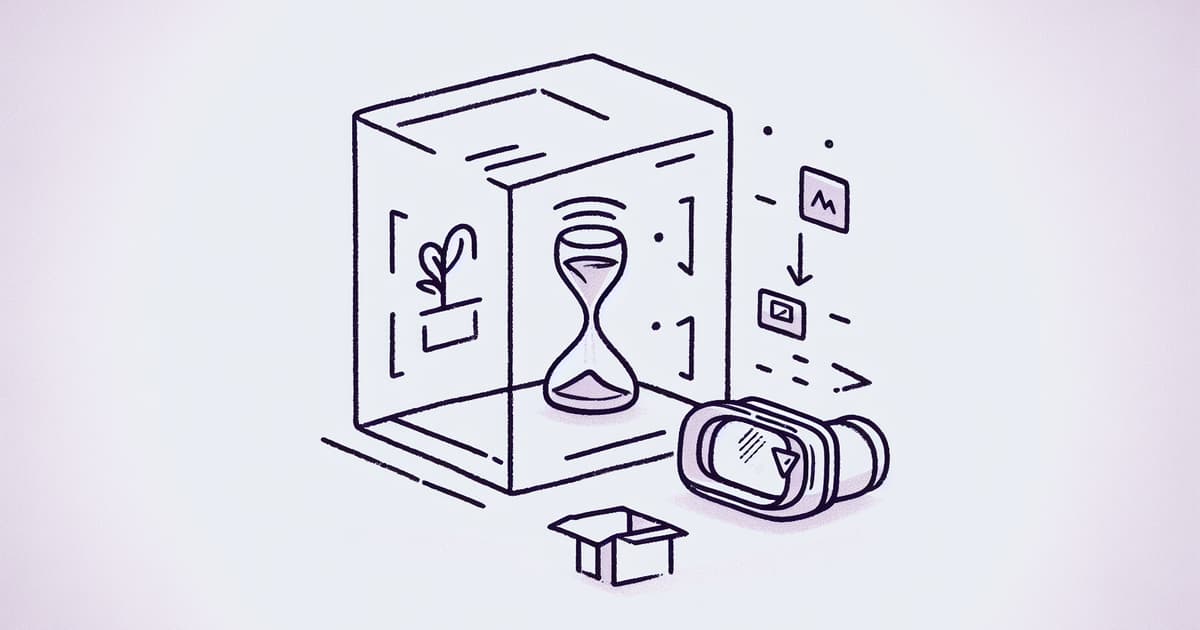
Using LiveView for Real-Time User Interaction and Product Analytics
This talk by Basile Nouvellet provides an insight into the innovative use of Elixir's LiveView for real-time product analytics and direct user interaction. It demonstrates how developers can leverage BEAM's observability tools to not only debug but also to build better products by enabling real-time analytics and feedback.

Understanding the Phoenix Framework's Popularity
Szymon Soppa explores why the Phoenix web framework, based on the Elixir programming language, is lauded as highly productive and scalable, ideal for modern web development.
© HashMerge 2026